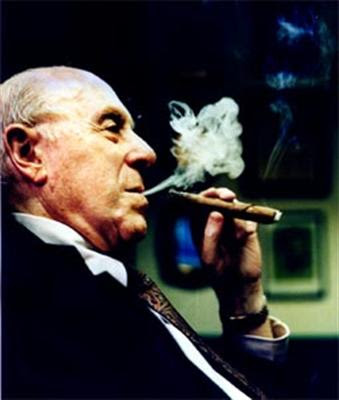Post by Matt on Jul 3, 2010 3:48:27 GMT -5
How much a player can be offered by a team is determined by a number of rules.
If a player is signing with a new team:
1) The contract can be for up to 6 seasons.
2) The player can receive a raise each year of up to 10% of the value of the first year of the contract.
3) The maximum value of the first year of the contract is the smaller of the amount of cap room the team has and the maximum salary the player can receive based up his experience in the league.
If a player is resigning with his previous team and has 3 or more bird years:
1) The contract can be for up to 7 seasons.
2) The player can receive a raise each year of up to 12.5% of the value of the first year of the contract
3) The player can receive the larger of the maximum salary based on his experience and 120% of his previous salary in the first year of the contract.
If a player is resigning with his previous team and has less than 3 bird years:
1) The contract can be for up to 6 seasons.
2) The player can receive a raise each year of up to 10% of the value of the first year of the contract.
3) The player can receive the larger of the team's salary cap room (up to the maximum salary) and 120% of his previous salary in the first year of the contract.
Teams over the salary cap also may offer a player one of their two salary cap exceptions:
1) Mid Exception - one-year offer of $4,500,000
2) Low Exception - one-year offer of $1,200,000
Each exception may only be used once per season.
Bird Years
Bird years are the number of seasons a player has gone without changing teams via free agency. When a player is traded, he maintains his bird years.
If a player is signing with a new team:
1) The contract can be for up to 6 seasons.
2) The player can receive a raise each year of up to 10% of the value of the first year of the contract.
3) The maximum value of the first year of the contract is the smaller of the amount of cap room the team has and the maximum salary the player can receive based up his experience in the league.
If a player is resigning with his previous team and has 3 or more bird years:
1) The contract can be for up to 7 seasons.
2) The player can receive a raise each year of up to 12.5% of the value of the first year of the contract
3) The player can receive the larger of the maximum salary based on his experience and 120% of his previous salary in the first year of the contract.
If a player is resigning with his previous team and has less than 3 bird years:
1) The contract can be for up to 6 seasons.
2) The player can receive a raise each year of up to 10% of the value of the first year of the contract.
3) The player can receive the larger of the team's salary cap room (up to the maximum salary) and 120% of his previous salary in the first year of the contract.
Teams over the salary cap also may offer a player one of their two salary cap exceptions:
1) Mid Exception - one-year offer of $4,500,000
2) Low Exception - one-year offer of $1,200,000
Each exception may only be used once per season.
Bird Years
Bird years are the number of seasons a player has gone without changing teams via free agency. When a player is traded, he maintains his bird years.


